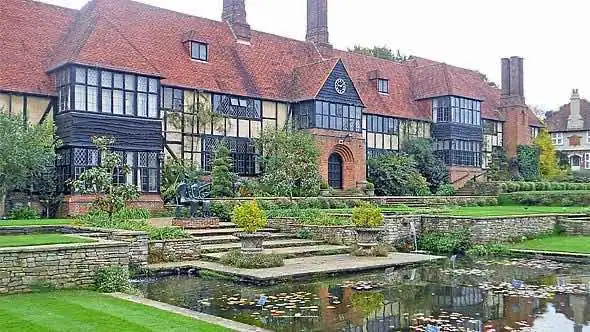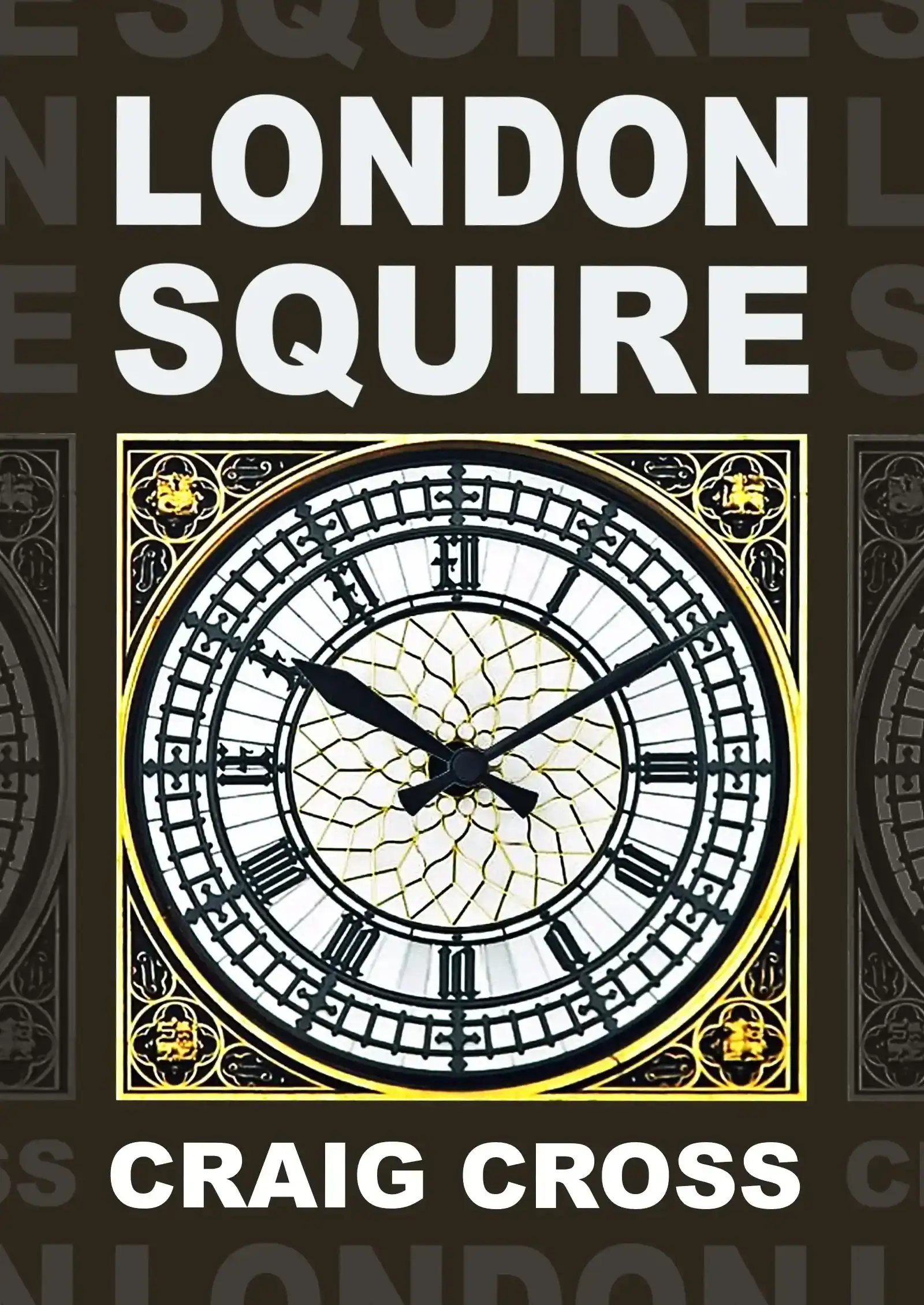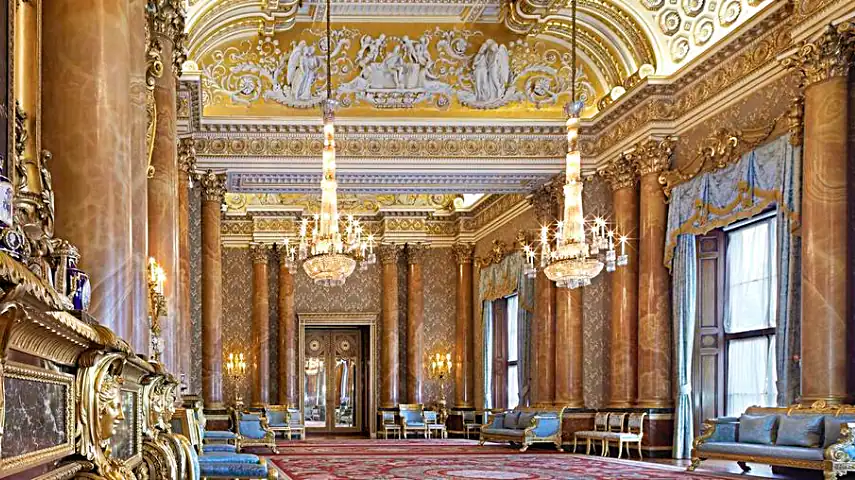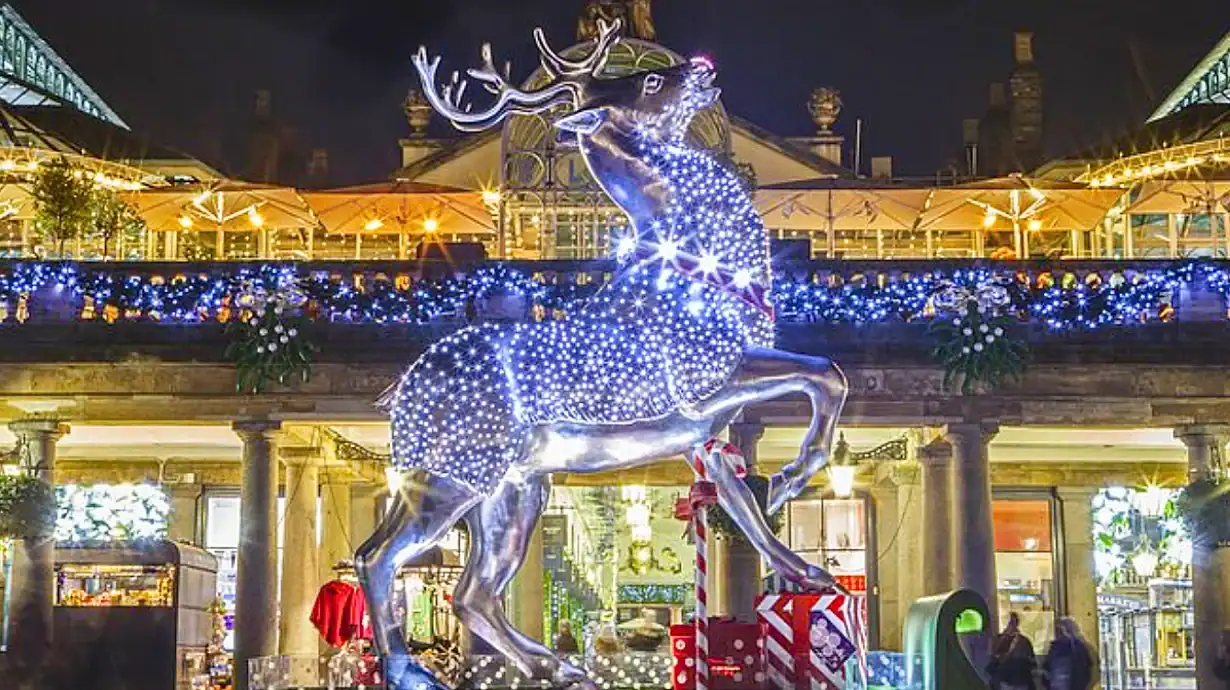 Photo: londondrum.com
Photo: londondrum.comI thought I’d better go to Wisley before all the flowers start dying: it’s nearly winter. The cold is coming. I’m not much into plants, but I don’t want to get there and find it’s full of weeds and rotting autumn leaves. The only plants I can actually recognise are the ones that hurt: nettles and roses. So when I look at a flower I am basically looking at the colour, and if I like the colour then I like the flower, simple as that. And my favourite colour is black.
The first time I came here was about thirty years ago when my parents used to drag me along to the open-air concerts by the lake (classical music, opera, that kind of thing). I’m guessing that I didn’t enjoy it very much, but the truth is that I can’t remember. Actually, come to think of it… it might have been Claremont Gardens instead. Remind me to check whether there’s a big lake in the middle when I get there.
This place is a major pain to get to because they’ve built it right in the middle of nowhere. The nearest train station is over four miles away (West Byfleet), and there are no buses to the park. The next closest is Woking, but that doesn’t have any buses either. The only bus to Wisley is once an hour via Guildford and Surbiton (the 515). You’d expect them to lay on some better transport links seeing as it’s supposed to be a tourist attraction – but nope. If you want to visit Wisley then the best thing to do is drive.
Unfortunately I don’t have a car so I ended up on the bus, and it’s a very difficult bus stop to spot if you’ve never been here before (you might want to enlist the help of the bus driver if you don’t have a map to follow on your phone). You need to get off along a busy dual carriageway and then cross over a giant motorway bridge. It’s not exactly the prettiest of build-ups to a horticultural garden.
When you walk through the gate you’ll see an old Tudor-style house with a manicured lawn and water fountains dropping into a fish-filled pond. Unfortunately they don’t let you enter the actual house itself (that’s where they have their offices), but it doesn’t appear to have much history associated with it anyway: it was only built in 1915. But it certainly looks a few hundred years older than that. If I had my way that’s what every new building would look like: old.
I’ve been walking around for thirty minutes now and I think I’ve got the gist of the place. It’s full of plants and trees you’ve never ever seen. Trees with orange bark and ruby red leaves. Plants that are lipstick pink or Man City blue. Some of them look like they’ve had a pot of paint tipped on top. And they all have Latin labels around the base so you can check out which is which – why do they do that? We’re not Romans, are we? Nobody goes into B&Q and says can I have a box of Caragana Brevispina please. Doctors do that as well. And the Catholic church. They bamboozle you with classical language.
They’ve got a nice little pond in the middle where you can have a sit down and ponder the pointlessness of life. I’m staring at some ducks and herons and some noisy kids and a club of mums with six-wheeled pushchairs. The pond is full of big fat fish that come up out of the water like beaching whales – they literally flop up onto the pebbles like a circus seal with their mouths puffing in and out for oxygen. I am staring at one right now – he’s fed up of living in the water. He’s having a mid-life crisis. He’s decided that he doesn’t want to be a fish anymore – he wants to live on the land like us. You’ll have to get some legs first, mate, I say. Let’s meet again in a million years when you’ve grown some feet.
Part of the park look like an Alpine forest – the kind of pines that are fifty feet high and covered in green needle shards. The floor is covered in pine cones and a tangled bed of heather and mushrooms and fungi. There are plenty of birds and squirrels running around as well – you can’t escape nature in this place. And there are millions and bazillions of little insects as well. That is why I could never be a gardener: because I would constantly be at war with the wildlife. The ladybirds are the worst. Lots of people think that ladybirds are cute, but they’re not. And here is something strange: some of the ladybirds at Wisley are painted back to front. Instead of having black spots on red bodies they’ve got red spots on black bodies. It’s as if they’ve put their coats on inside out.
After you’ve been exploring the Alpine forest for a while you’ll eventually find a little birdwatching hide (like the ones they’ve got at the London Wetland Centre). It’s just a wooden shed by a pond really, with a big window inside so you can watch the ducks doing nothing. The ducks float in the pond doing nothing, and middle-aged blokes stand at the window watching them. That is about as good a definition of birdwatching as you can get. If they were watching proper birds (women birds) then I could understand it. But feathered birds? If you stood there watching cats all day then people would think you were a bit daft. But for some reason bird watching is considered fun.
There’s a big blackboard on the wall where the birdwatchers chalk up which species they’ve seen, but there’s a lot of silly stuff on it today like penguins, dodos, lions and tigers. I’m assuming that somebody just wrote those up for a laugh… but it didn’t stop me looking out of the window to check.
My favourite part of a horticultural garden is always the big greenhouse. Wisley’s is nowhere near as big as the Palm House at Kew, but it’s still definitely worth a walk around. They’ve got a little underground exhibit with some TVs and push button displays, and the rainforest room is about as hot and humid as it can be without becoming uncomfortable.
I’m guessing that the greenhouse is the only exhibit in the entire park that your kids will enjoy. Everything else will bore them silly.
And that’s about it. So this is how I would sum it up: Wisley is a sunny Sunday afternoon kind of place – a nice place to go for a drive and a cup of tea. And they’ve got a decent-sized shop and garden centre attached as well, if you’re into that kind of thing.
I also recommend… If you enjoy this then try Kew Gardens; Regent’s Park and St. James’s Park
 London Squire guidebook – Check out my guidebook available to buy at Amazon, Apple and Kobo. I’ve spent the last twenty years visiting London’s landmarks, attractions and hotels and collected all of my reviews, example itineraries, advice about using the buses and trains, and handy practical info into an eBook, along with 650 original photographs
London Squire guidebook – Check out my guidebook available to buy at Amazon, Apple and Kobo. I’ve spent the last twenty years visiting London’s landmarks, attractions and hotels and collected all of my reviews, example itineraries, advice about using the buses and trains, and handy practical info into an eBook, along with 650 original photographs







Your comments
Are you going? Have you been?
Ask a question, or share your experience
Be the first to talk about this
Be the first to comment (no need to register)